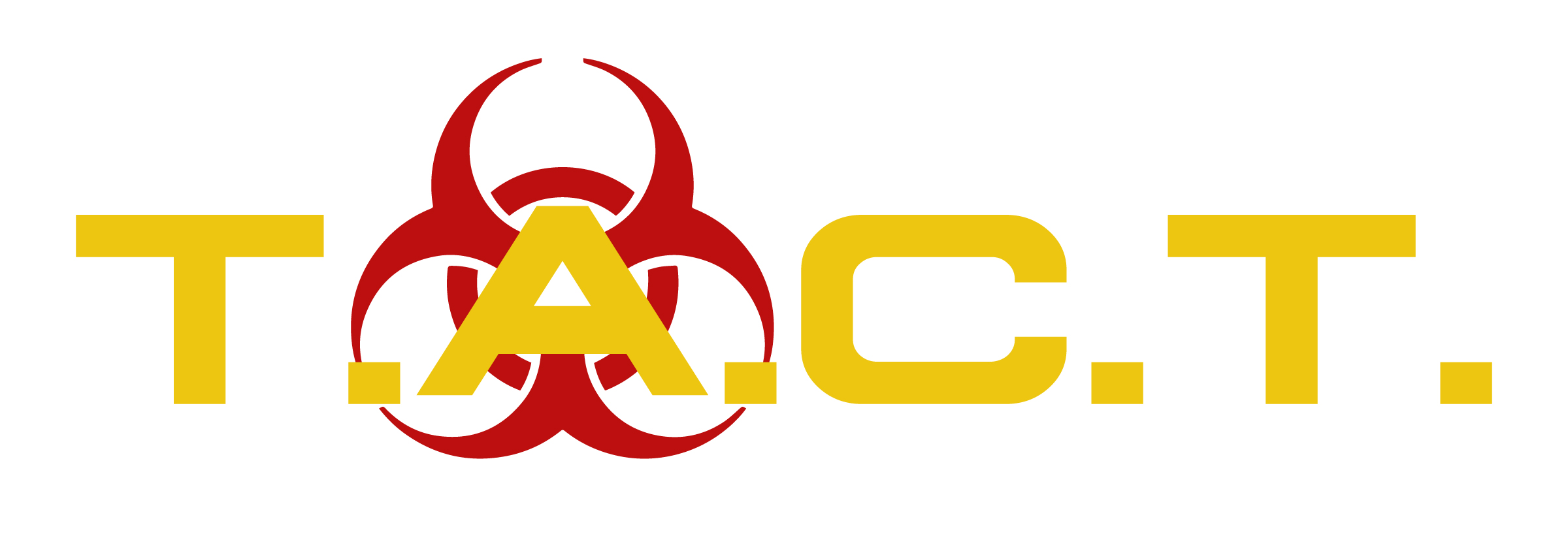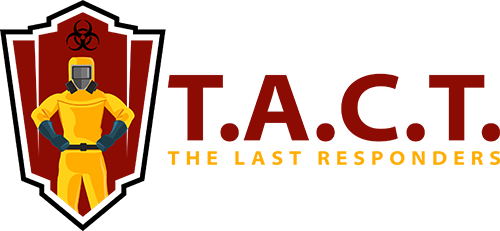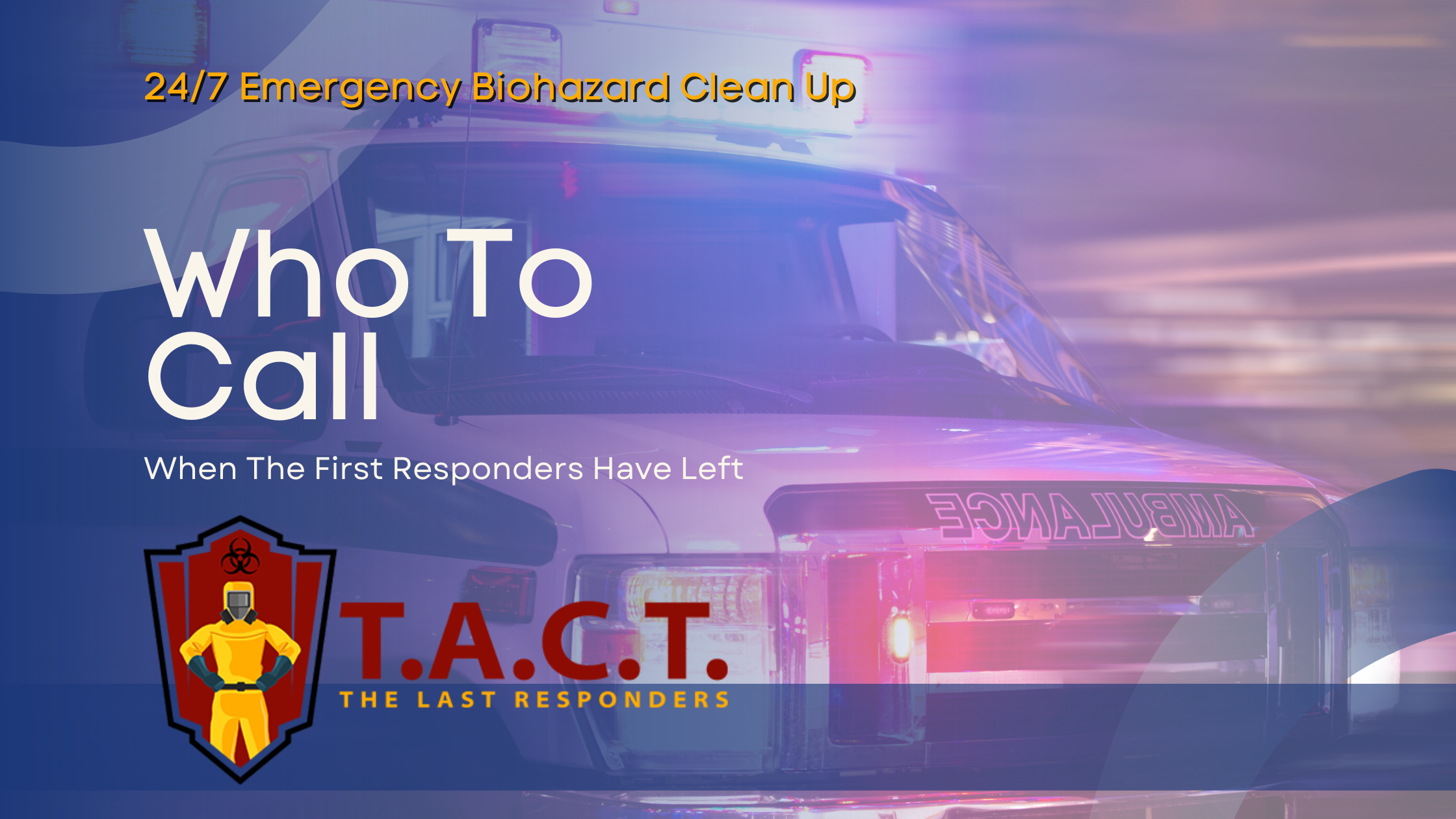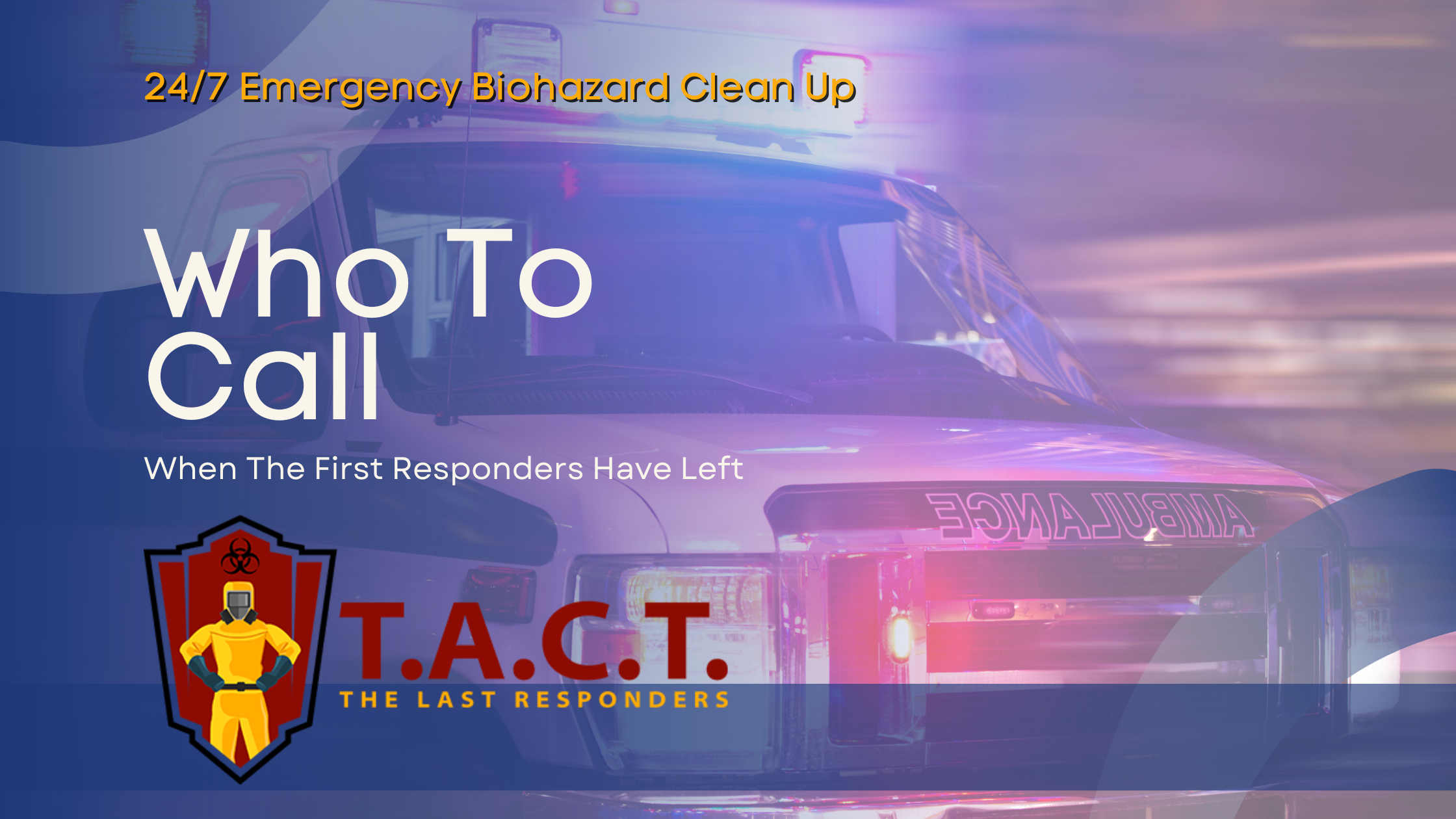Essential Guide to Inspect for Mold: What You Need to Know

Essential Guide to Inspect for Mold: What You Need to Know
Discovering mold in your home can be overwhelming and concerning. Beyond the unsightly appearance, mold poses serious health risks and can cause extensive property damage if left untreated. Understanding how to properly inspect for mold—and when to call in professionals—can save you thousands in remediation costs and protect your family's wellbeing.
Mold inspection is a systematic process that involves both visual examination and specialized testing to detect mold spores and assess contamination levels. This comprehensive approach helps identify not only visible mold growth but also hidden colonies that may be lurking behind walls, under floors, or in other concealed areas.
Professional mold inspectors use advanced equipment, including moisture meters and air sampling devices, to provide accurate assessments. Their expertise ensures that potential mold problems are identified early, before they escalate into major health hazards or costly structural issues.
This guide will walk you through everything you need to know about mold inspection, from understanding growth patterns to recognizing when professional intervention is necessary. Armed with this knowledge, you'll be better equipped to protect your home and loved ones from the dangers of mold contamination.
Understanding Mold Growth and Its Dangers
Mold thrives in environments with excess moisture and organic materials to feed on. These microscopic fungi can grow on virtually any surface, including drywall, wood, carpet, and building materials. While mold spores exist naturally in outdoor air, problems arise when they find ideal indoor conditions to multiply rapidly.
The key factor in mold development is moisture. Whether from leaking pipes, roof damage, flooding, or high humidity levels, any source of persistent dampness can trigger mold growth within 24 to 48 hours. Once established, mold colonies release additional spores into the air, spreading contamination throughout your property.
Mold exposure presents significant health risks, particularly for individuals with allergies, asthma, or compromised immune systems. Many mold species produce mycotoxins—toxic compounds that can cause respiratory problems, headaches, fatigue, and other serious health issues. Children, elderly individuals, and those with existing health conditions are especially vulnerable to mold-related illnesses.
Beyond health concerns, mold can cause substantial structural damage to your property. It breaks down organic materials, weakening wood structures, destroying insulation, and creating unsightly stains and odors. The longer mold remains untreated, the more extensive and expensive the damage becomes.
The Critical Importance of Early Detection
Early detection of mold problems can mean the difference between a minor remediation project and major structural repairs. Visible mold growth—appearing as black, green, brown, or white patches—indicates an established problem that requires immediate attention. However, many dangerous mold infestations remain hidden from view.
Hidden mold often grows behind walls, under flooring, in ceiling cavities, or within HVAC systems. These concealed colonies can spread extensively before becoming visible, making early detection challenging but crucial. Professional mold testing, including air and surface sampling, can identify hidden contamination before it becomes a major problem.
The financial benefits of early detection cannot be overstated. Minor mold problems might require simple cleaning and moisture control measures costing hundreds of dollars. Advanced infestations, however, can necessitate extensive demolition, structural repairs, and complete remediation services costing tens of thousands of dollars.
Time is critical when dealing with mold. Once spores begin multiplying, they can double their population every few hours under ideal conditions. What starts as a small problem can quickly become a property-wide contamination requiring professional intervention and temporary relocation during remediation.
The Professional Mold Inspection Process
A comprehensive mold inspection begins with a thorough visual examination of your property. Professional inspectors systematically check areas prone to moisture problems, including basements, bathrooms, kitchens, laundry rooms, and areas near plumbing or HVAC equipment. They look for visible mold growth, water stains, discoloration, and signs of moisture intrusion.
Specialized equipment plays a crucial role in professional inspections. Moisture meters detect hidden dampness within walls, floors, and ceilings that could support mold growth. Thermal imaging cameras can identify temperature variations that indicate moisture problems or air leaks. These tools help inspectors locate problem areas that aren't visible to the naked eye.
Air sampling is often necessary to assess contamination levels and identify specific mold species. Inspectors collect air samples from different areas of your property and compare them to outdoor baseline levels. Surface sampling may also be conducted to test specific areas where mold growth is suspected but not clearly visible.
Professional inspectors review your property's history, including any previous water damage, flooding, or moisture problems. They examine maintenance records, identify potential problem areas, and assess the effectiveness of current ventilation and moisture control systems. This comprehensive approach ensures that all potential mold sources are identified and addressed.
Following the inspection, you'll receive a detailed report outlining findings, contamination levels, specific mold species identified, and recommendations for remediation. This documentation is essential for insurance claims and provides a roadmap for addressing any mold problems discovered during the inspection.
Indoor Air Quality and Health Considerations
Indoor air quality directly impacts your family's health and wellbeing. When mold is present, spores and mycotoxins circulate through your home's air, creating ongoing exposure risks. Poor indoor air quality can trigger allergic reactions, respiratory problems, and other health issues that may worsen over time.
Mold-related health symptoms often develop gradually and may be mistaken for other conditions. Common signs include persistent coughing, sneezing, throat irritation, skin rashes, headaches, and fatigue. If family members experience unexplained health problems that improve when away from home, mold contamination should be investigated.
Professional air quality assessments use specialized equipment to measure mold spore concentrations, identify specific species, and test for mycotoxins. These assessments provide objective data about your home's air quality and help determine whether remediation is necessary to protect your family's health.
Improving indoor air quality requires addressing both the source of contamination and ongoing air circulation. While air purifiers and enhanced ventilation can help reduce airborne contaminants, they cannot eliminate mold growth itself. Effective treatment requires identifying and removing the source of contamination along with addressing underlying moisture problems.
Using Moisture Meters for Detection
Moisture meters are invaluable tools for detecting conditions that promote mold growth. These devices measure moisture content in building materials, helping identify problem areas before visible mold appears. Professional-grade moisture meters can detect moisture levels in wood, drywall, concrete, and other materials commonly found in homes.
Different types of moisture meters serve specific purposes. Pin-type meters use probes inserted into materials to provide accurate readings of moisture content. Pinless meters use electromagnetic sensors to scan surfaces without causing damage, making them ideal for finished surfaces. Professional inspectors often use both types to obtain comprehensive moisture assessments.
Understanding moisture meter readings requires expertise and experience. Different materials have different acceptable moisture levels, and readings must be interpreted in context with environmental conditions and material types. Professional inspectors know how to use this data to identify potential mold problems and prioritize areas for further investigation.
Regular moisture monitoring can help prevent mold problems before they develop. Property owners can use basic moisture meters to check areas prone to dampness, such as basements, bathrooms, and areas near plumbing. However, professional equipment and expertise are necessary for comprehensive assessments and accurate problem identification.
Mold Remediation: When and How
Mold remediation is the process of safely removing mold contamination and preventing future growth. The scope and complexity of remediation depend on the extent of contamination, types of materials affected, and specific mold species involved. Professional remediation ensures safe, effective treatment while protecting your family and property.
Small, surface-level mold problems on non-porous materials may be addressed with proper cleaning procedures and safety equipment. However, extensive contamination, growth on porous materials, or contamination involving toxic mold species requires professional remediation services. Attempting DIY remediation of major infestations can spread contamination and create additional health risks.
Professional remediation typically involves containment procedures to prevent spore spread, specialized equipment for safe removal, proper disposal of contaminated materials, and thorough cleaning and disinfection. Remediation professionals use HEPA filtration, negative air pressure, and protective equipment to ensure safe working conditions and prevent cross-contamination.
Addressing the underlying moisture problem is essential for successful remediation. Simply removing visible mold without fixing the source of moisture will likely result in recurring contamination. Professional inspectors help identify all moisture sources and recommend repairs or improvements necessary to prevent future mold growth.
Preventing Future Mold Problems
Prevention is the most effective and economical approach to mold control. By maintaining proper moisture levels and promptly addressing water problems, you can significantly reduce the risk of mold growth in your home. Regular maintenance and inspection help identify potential problems before they become serious issues.
Moisture control strategies include maintaining proper humidity levels (between 30-50%), ensuring adequate ventilation, promptly repairing leaks, and using exhaust fans in bathrooms and kitchens. Proper insulation and vapor barriers help prevent condensation problems that can lead to mold growth.
Regular inspections of areas prone to moisture problems help identify issues early. Check around plumbing fixtures, windows, roofs, and basements for signs of water intrusion or moisture buildup. Address any problems immediately to prevent conditions that support mold growth.
Professional maintenance and inspection services provide ongoing protection against mold problems. Annual inspections can identify potential issues before they become serious problems, and professional maintenance ensures that ventilation systems, dehumidifiers, and other moisture control equipment function properly.
Working with Professional Mold Inspectors
Professional mold inspectors bring specialized knowledge, experience, and equipment necessary for accurate mold assessment. They understand the complex factors that contribute to mold growth and can identify problems that might be missed during casual inspections. Their expertise ensures that all potential mold sources are identified and properly addressed.
When selecting a mold inspector, look for certifications from recognized organizations, relevant experience, and proper insurance coverage. Qualified inspectors should be able to explain their processes, provide references, and offer comprehensive written reports. Avoid inspectors who also offer remediation services, as this creates potential conflicts of interest.
Professional inspectors serve as valuable partners throughout the remediation process. They help develop effective remediation plans, monitor work progress, and conduct final inspections to ensure successful treatment. Their ongoing support helps ensure that mold problems are properly resolved and future issues are prevented.
Clear communication with your inspector is essential for successful outcomes. Be prepared to discuss your property's history, any health concerns, and specific areas of concern. Provide access to all areas of your property and be available to answer questions throughout the inspection process.
Take Action to Protect Your Home and Health
Mold inspection and prevention require proactive attention and professional expertise. The health risks and financial costs associated with mold contamination make early detection and proper treatment essential for every property owner. By understanding the inspection process and working with qualified professionals, you can protect your family and preserve your property value.
Don't wait until mold problems become visible or health symptoms develop. Regular inspections, prompt attention to moisture problems, and professional assessment of any concerns provide the best protection against mold-related issues. The investment in professional inspection and prevention services is minimal compared to the potential costs of extensive remediation and health problems.
If you suspect mold problems in your home or simply want peace of mind, contact a certified mold inspector today. Professional assessment provides the objective information you need to make informed decisions about your property and family's safety. Remember, when it comes to mold, early action saves money, protects health, and preserves your most important investment—your home.
Meta data
Meta title
Essential Guide to Inspect for Mold: What You Need to Know
Meta description
Learn how to properly inspect for mold, understand health risks, and know when to call professionals. Protect your home and family today.



